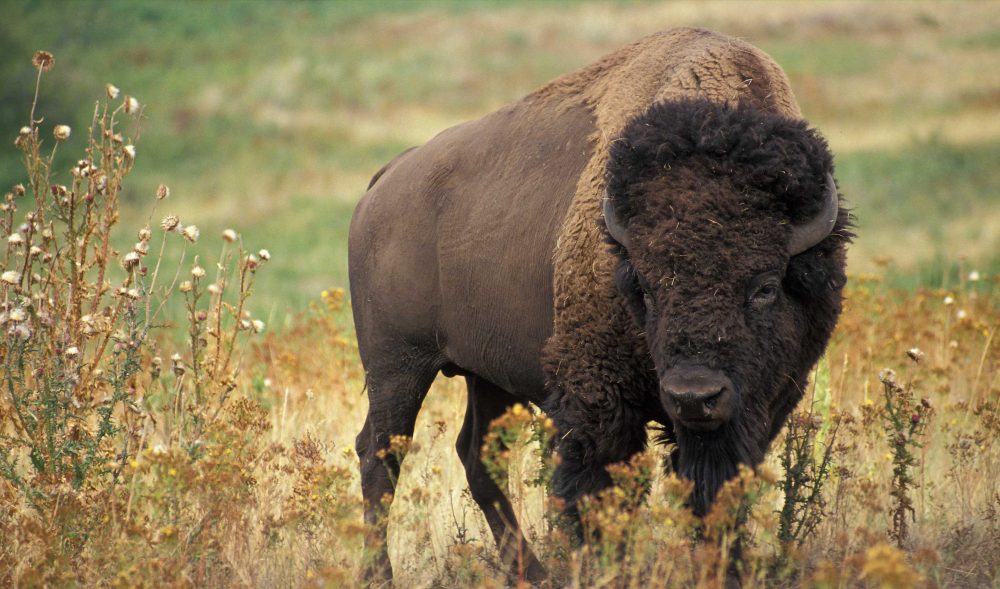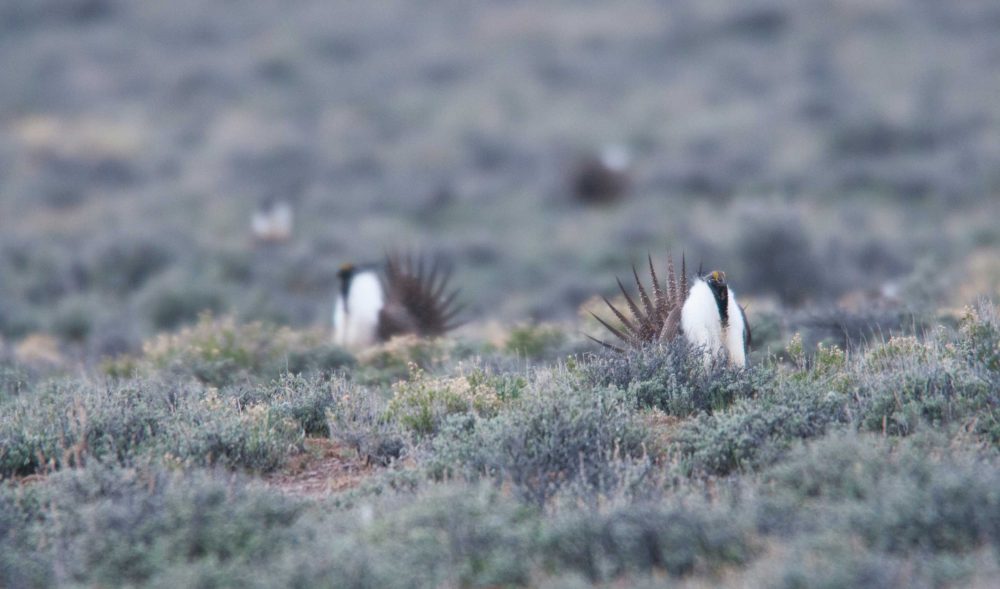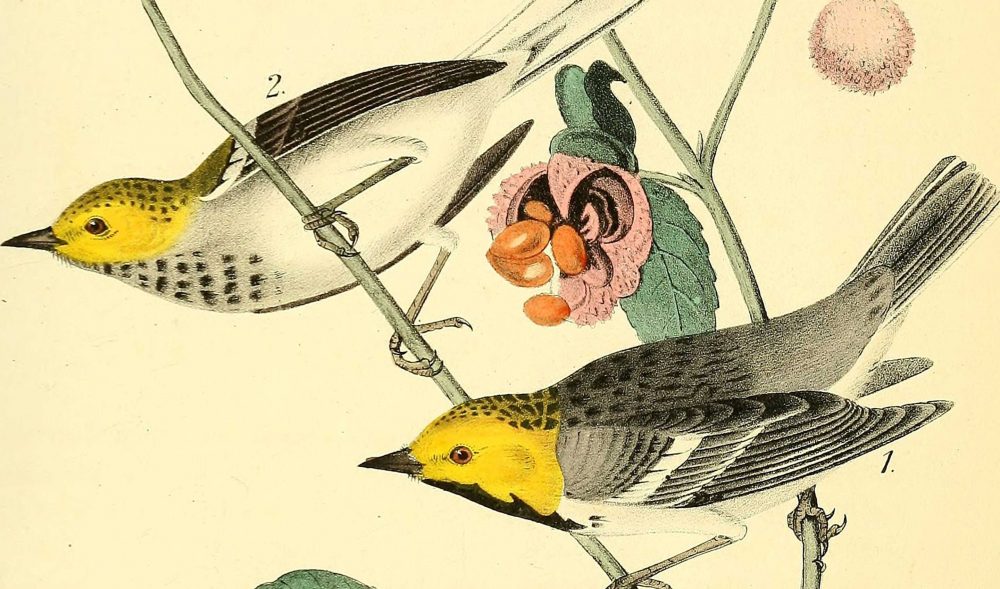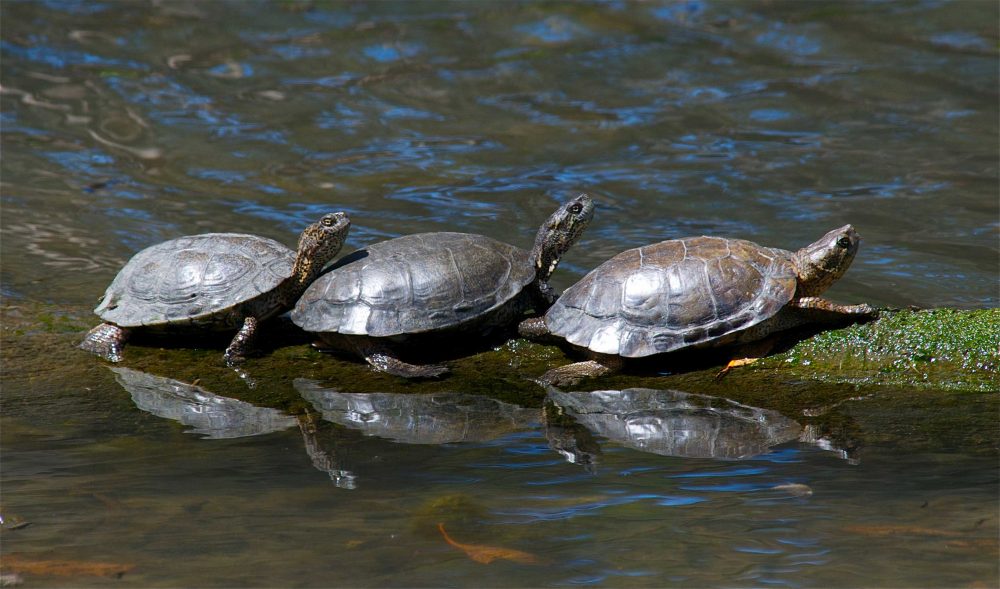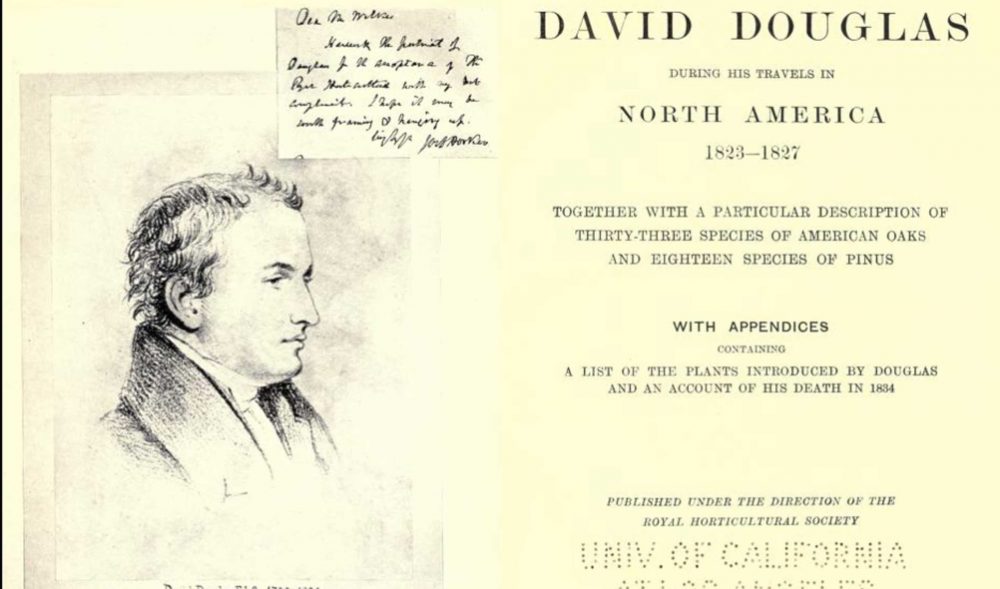Confluence Library
American Buffalo, or bison, was a staple of many Native diets, but had disappeared by the 1820s from most places west of the Clark Fork. Modern revival efforts by the Yakama nation have brought bison back.
The Greater Sage-Grouse is a bird whose mating call and dance have become an icon of the West. However, they are endangered and face extinction. The Yakama Nation is trying to reintroduce the sage-grouse to native lands.
Etched into the wooden slats of the Confluence blind are the names of the birds noted by Lewis and Clark during their journey. These species captivated people such as John Kirk Townsend, thirty years after Lewis and Clark canoed down the Columbia River.
The Chinookan and Klickitat words for the area now near the Confluence Land Bridge mean “land of the mud turtles.” Both the Western Pond (Mud) Turtle and the Burrowing Owl have disappeared from their native habitats.
Botanist David Douglas spent two years traveling the West, surveying plants and animals from Fort Vancouver to Canada, the Rocky Mountains, and Santa Barbara. He advised the Hudson’s Bay Company on planting practices.

